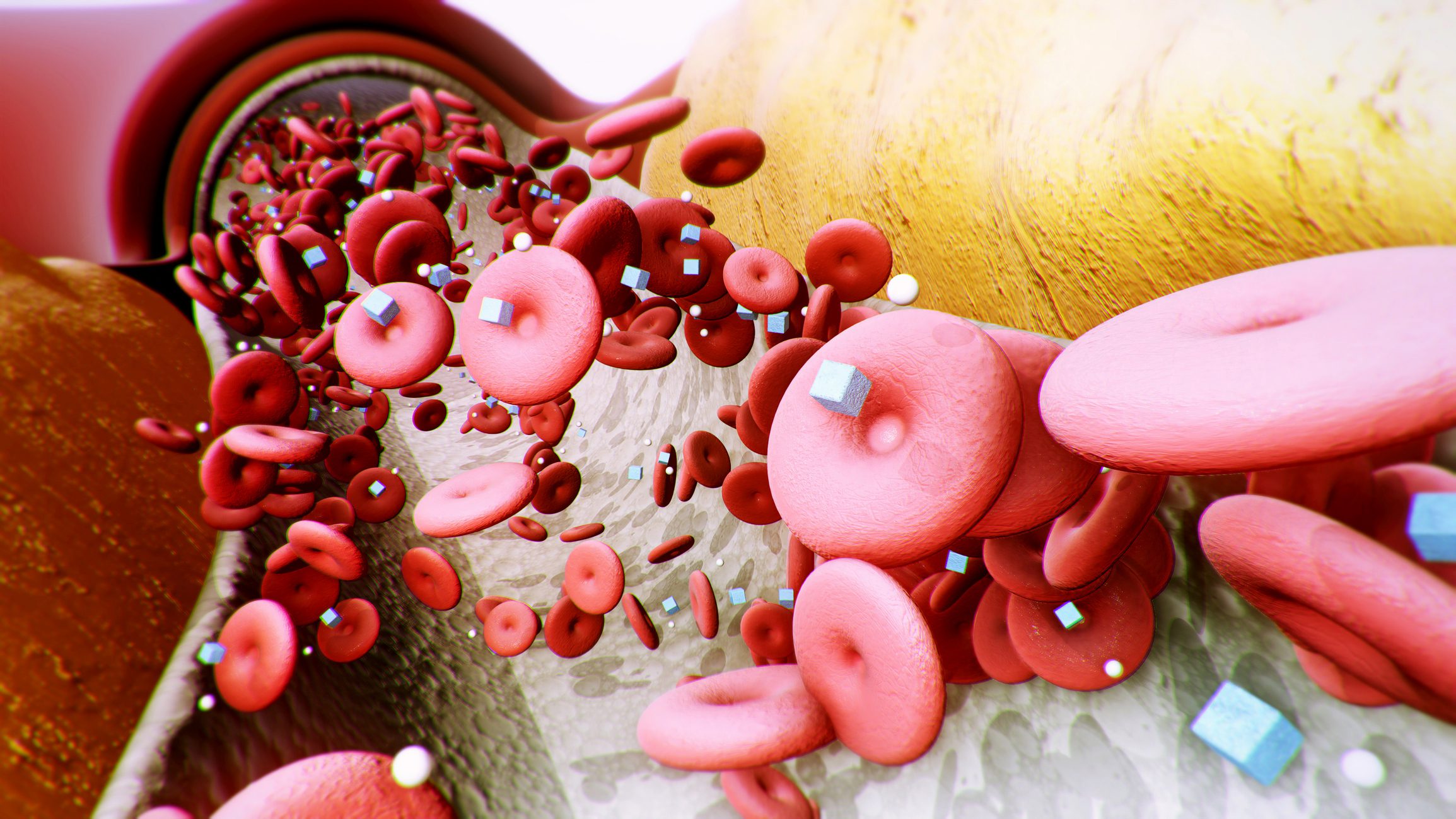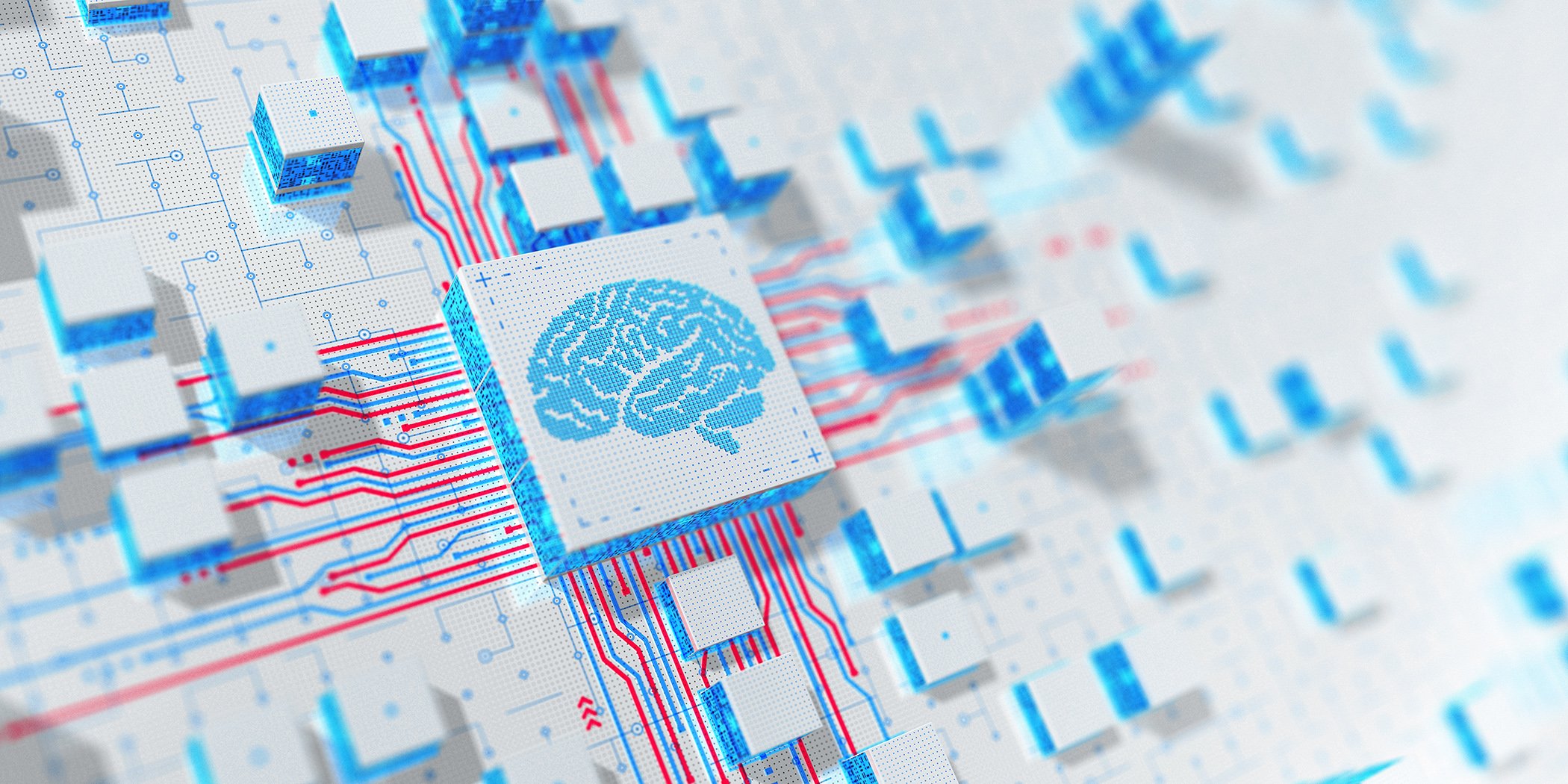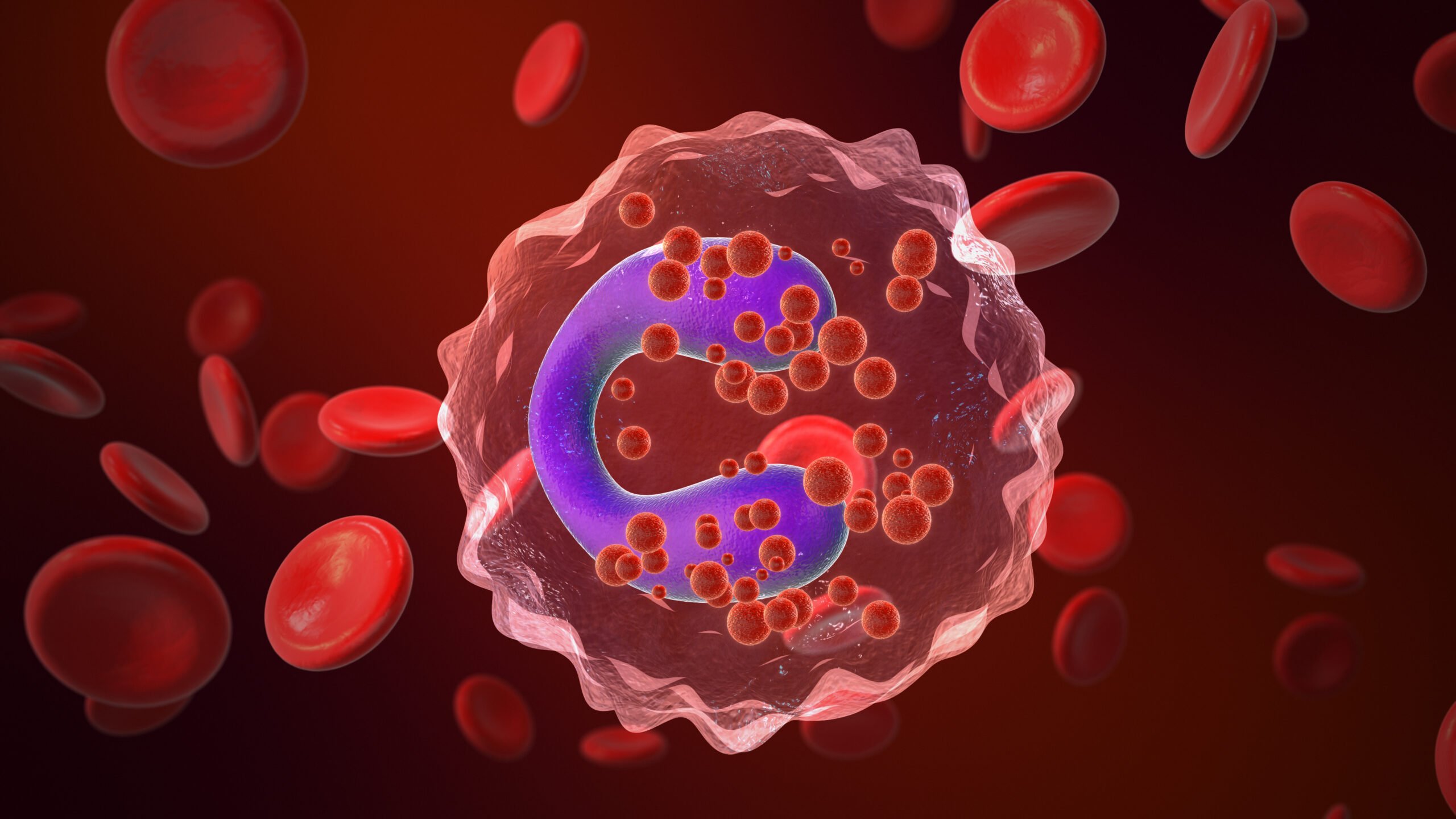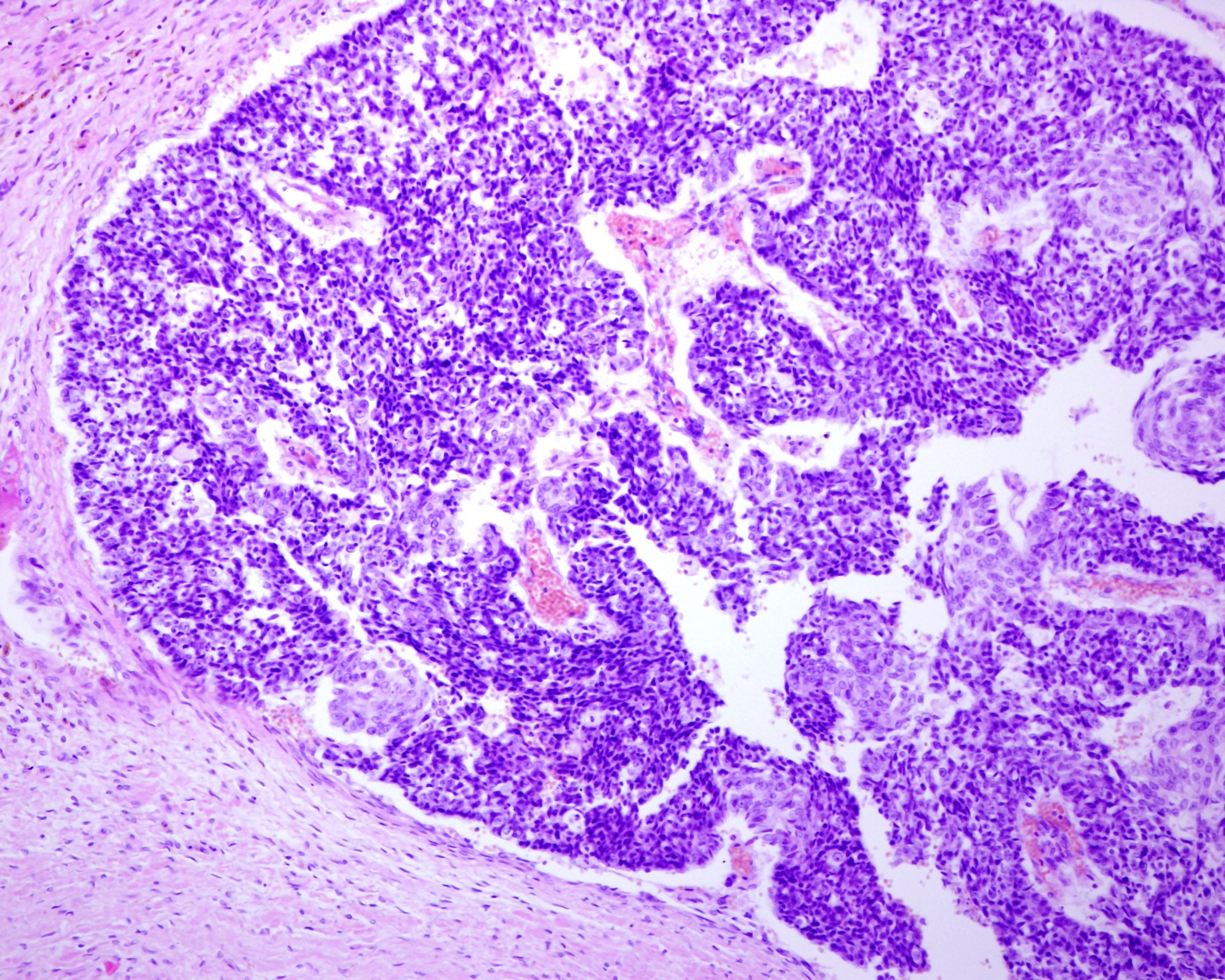Erythritol and xylitol are sugar alcohols that occur naturally in small quantities in berries and vegetables and are used as sweeteners in the food industry and can also be used by the pharmaceutical and cosmetics industries. When ingested as a sweetener, erythritol is quickly absorbed in the small intestine and excreted largely unchanged in the urine. In contrast, only 50% of xylitol is absorbed and metabolized in the liver, while the unabsorbed portion ends up in the large intestine. This partial absorption explains why the rapid ingestion of large amounts of xylitol can lead to osmotic diarrhea.
Autoren
- Prof. Dr. med. Bettina K. Wölnerhanssen
- PD Dr. phil. II Anne Christin Meyer-Gerspach
Publikation
- InFo DIABETOLOGIE & ENDOKRINOLOGIE
Related Topics
You May Also Like
- "Swiss Health Care Atlas"
New indicator: medication for weight regulation
- AI in neurology
Control instead of a flood of data: AI makes big data and wearables usable
- Treatment of pancreatitis: current study data
How can the risk-benefit profile be improved?
- Prurigo and PN
Anti-inflammatory antipruritic therapy improves quality of life
- Pathophysiology, clinical significance and therapeutic consequences
Eosinophils in asthma
- Urothelial carcinoma
Perioperative innovations and organ-preserving strategies
- Artificial intelligence
Dr. ChatGPT: Large language models in everyday clinical practice
- GLA:D® program for back pain patients











